In Cricket darts, disagreements happen, but effective Cricket darts disputes resolution hinges on clear rules, calm communication, and agreed-upon methods for verifying scores and throws. This article explores the common causes of disputes in Cricket darts and provides practical strategies for preventing and resolving them fairly and efficiently, including the use of technology, neutral observers, and pre-defined rules interpretations.
⚠️ Still Using Pen & Paper (Of een schoolbord)?! ⚠️
Stap in de toekomst! De Dart Teller -app behandelt alle scoren, stelt kassa voor, en volgt uw statistieken automatisch. It's easier than you think!
Probeer de Smart Dart Teller -app gratis!Klaar voor een upgrade? Klik hierboven!
Understanding Common Cricket Darts Disputes
Before diving into Cricket darts disputes resolution, it’s crucial to understand where these disputes typically arise. Common areas of contention include:
- Scoring discrepancies: Miscounting scores, incorrectly marking segments, or misunderstanding the rules of Cricket are frequent culprits.
- Dart placement: Whether a dart landed in the correct segment, especially near the wire or on the edge of the board, can be subjective.
- Foot faults: Stepping over the oche (throw line) is a common violation, and disagreements may arise if it’s unclear whether a foot fault occurred.
- Legality of throws: Disputes can also concern the legality of a throw, such as releasing the dart after stepping over the oche.
These disputes can escalate quickly if not addressed properly, potentially ruining the game and damaging relationships. Therefore, having clear guidelines and strategies for resolving these issues is essential for any Cricket darts player.
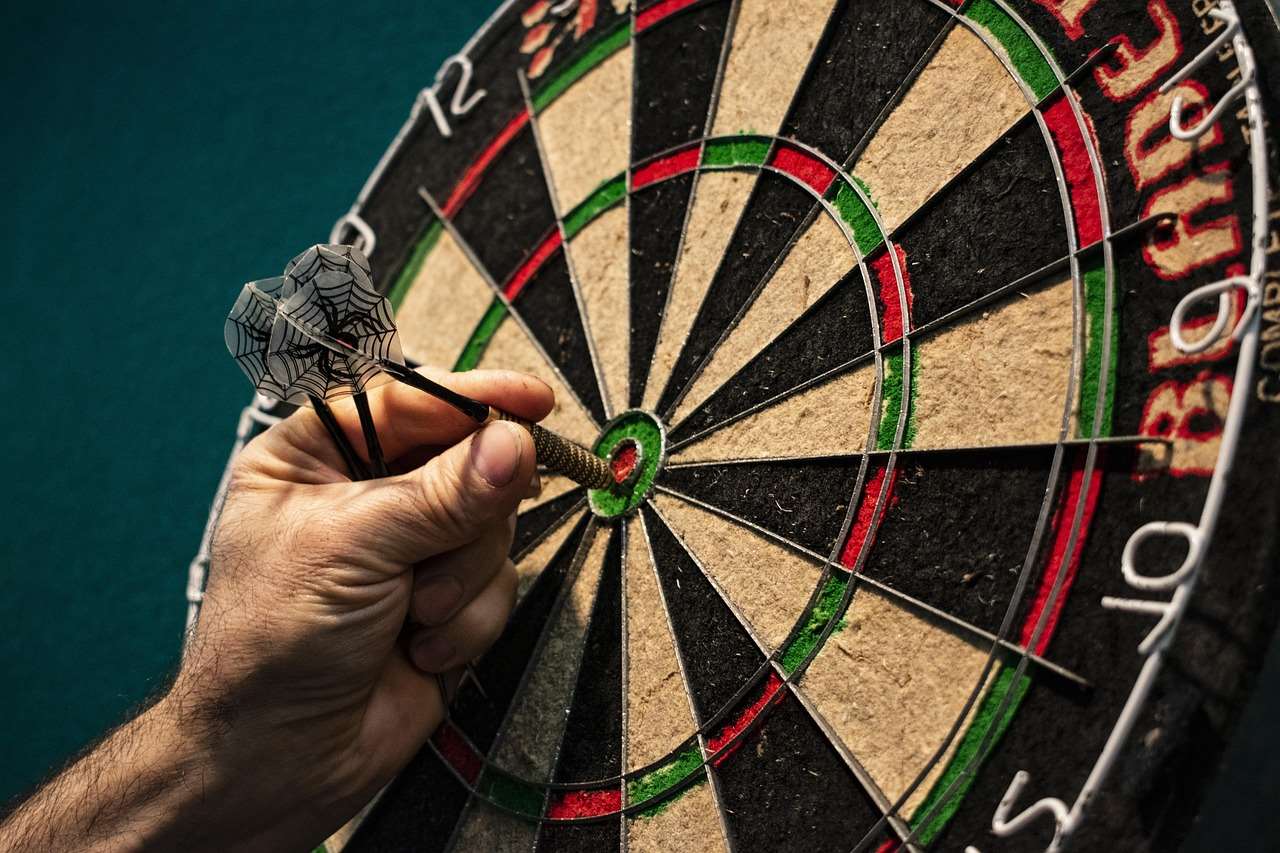
Preventative Measures: Setting the Stage for Fair Play
The best way to handle Cricket darts disputes resolution is to prevent them from happening in the first place. Implementing these preventative measures can significantly reduce the likelihood of disagreements:
- Establish clear rules: Before the game begins, everyone involved should agree on the specific rules being used, including variations or house rules. If questions arise during the game, referencing these pre-established rules can prevent escalation.
- Designate a scorer: A dedicated scorer, ideally someone impartial, can accurately track the scores and segment hits. Using a whiteboard or a scoring app can also minimize errors.
- Communicate effectively: Encourage open and respectful communication between players. If a player suspects a scoring error or a fault, they should raise the issue calmly and respectfully.
- Use technology: Scoring apps and cameras can provide definitive evidence in case of disputes. Real-time scoring apps that automatically calculate scores and highlight required segments eliminate manual errors, leading to fewer arguments.
These preventative measures create a foundation of fair play, making it easier to resolve any disagreements that might occur.
Step-by-Step Guide to Cricket Darts Disputes Resolution
Even with preventative measures in place, disputes may still arise. Here’s a structured approach to Cricket darts disputes resolution:
- Pause the game: When a dispute arises, immediately pause the game to prevent further complications.
- Review the evidence: Examine the dartboard closely and consult the score sheet. If using technology, review the recorded footage or scoring data.
- Consult the rules: Refer to the agreed-upon rules for clarification. If there’s ambiguity, discuss possible interpretations. Adjusting dart game rules can be helpful in pre-game setup to avoid future issues.
- Seek a neutral opinion: If the players cannot reach an agreement, seek the opinion of a neutral third party, such as a spectator or another player not involved in the game.
- Compromise or replay: If a resolution cannot be reached, consider a compromise, such as replaying the throw or the entire round.
- Document the resolution: After resolving the dispute, document the outcome on the score sheet or in the scoring app to prevent future misunderstandings.
Following these steps ensures a fair and orderly resolution, minimizing potential for further conflicts.
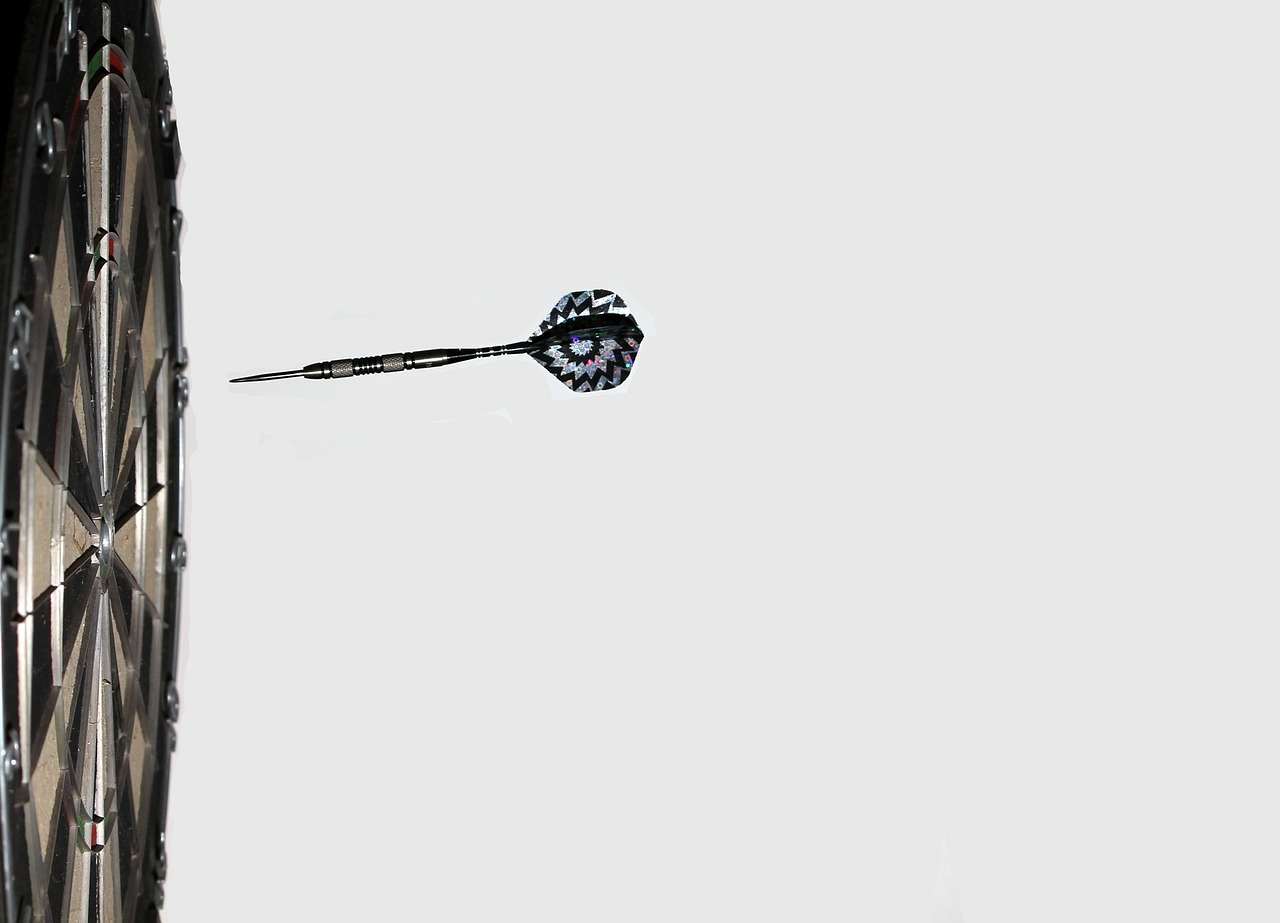
Specific Scenarios and Their Resolutions
Let’s examine some specific scenarios that frequently lead to disputes and how to address them effectively:
Dart on the Wire
This is a common point of contention. The general rule is that if the dart is touching the wire of the segment, it counts as being within that segment. Echter, if the wire is particularly thick or the angle is unclear, seeking a neutral opinion or using a close-up camera shot can provide clarity. Remember to agree on a standard of “touching” before the game.
Foot Faults
Foot faults occur when a player steps over the oche during their throw. If a foot fault is suspected, alert the player immediately after the throw. If the player disputes the call, the consensus is that it is up to the player to ensure his feet are behind the line. Using a camera recording the oche line can offer conclusive evidence.
Scoring Errors
Scoring errors can be prevented by using a dedicated scorer and verifying scores after each round. When errors occur, carefully review the score sheet and the segments hit. If using a scoring app, double-check the inputted data against the visual representation on the dartboard.
It is crucial to have clear and agreed-upon procedures to handle these specific scenarios to maintain fairness and prevent escalation. Darts varianten leuke spellen offer different rule sets, so clarity is key.
The Role of Technology in Cricket Darts Disputes Resolution
Technology has revolutionized Cricket darts disputes resolution, offering objective and reliable evidence to settle disagreements. Consider these technological aids:
- Scoring Apps: Real-time scoring apps track scores accurately and automatically, reducing the likelihood of manual errors.
- Camera Systems: Setting up cameras to record throws and dartboard close-ups provides visual evidence of dart placement and foot faults.
- Dartboard Sensors: Some dartboards have integrated sensors that automatically detect dart placement and record scores, eliminating manual scoring altogether.
While technology can be highly beneficial, it’s important to ensure that all players agree on its use and trust its accuracy. Calibrate devices before each game and establish protocols for interpreting the data.
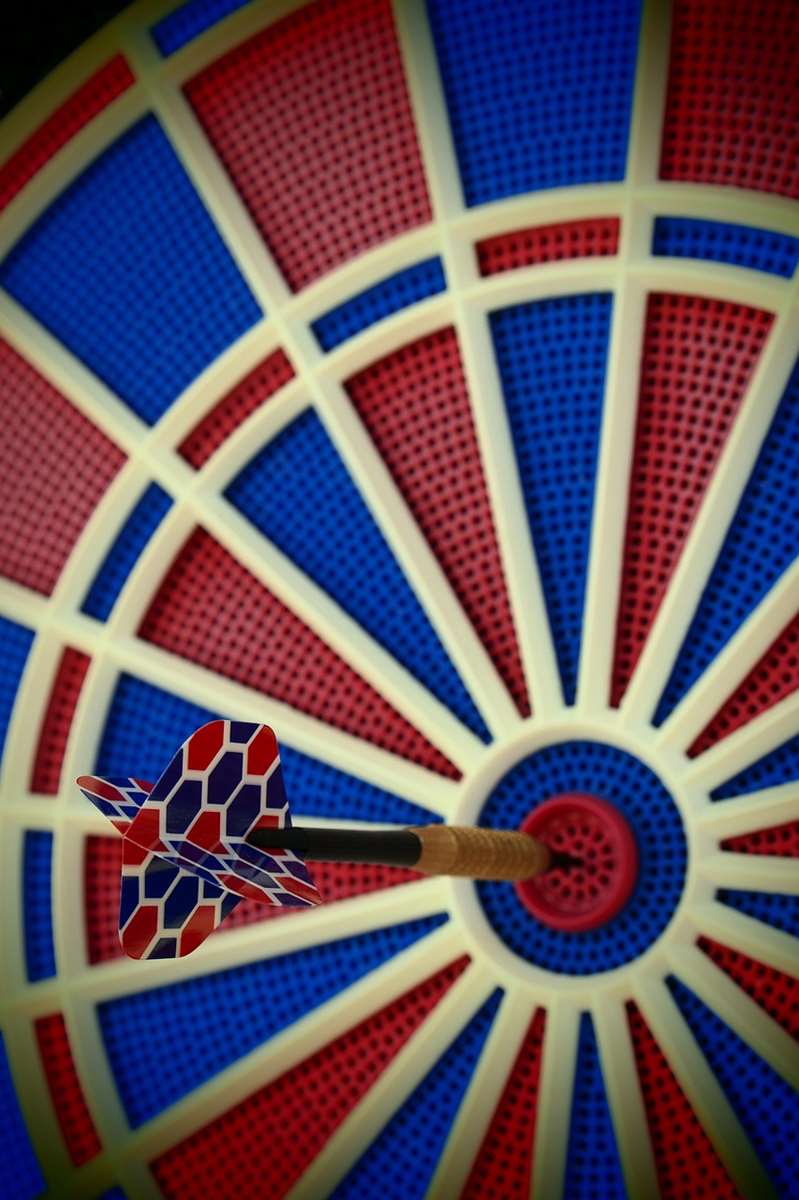
Maintaining a Positive Atmosphere
Terwijl Cricket darts disputes resolution is important, it’s equally important to maintain a positive and enjoyable atmosphere. Here are some tips for fostering a respectful environment:
- Keep it friendly: Remember that darts is a game, and the goal is to have fun. Avoid getting overly competitive or aggressive.
- Respect your opponents: Treat your opponents with respect, even when disagreements arise. Avoid personal attacks or derogatory language.
- Focus on the game: Stay focused on the game and avoid distractions. Minimize side conversations and unnecessary chatter.
- Learn from mistakes: Use disputes as learning opportunities to improve your understanding of the rules and your communication skills.
By prioritizing a positive atmosphere, you can create a more enjoyable and fulfilling darts experience for everyone involved. Scaling dart game difficulty can ensure everyone enjoys the game without constant disputes. This is also relevant when Darts for mixed ability groups are playing.
Best Practices for Fair Play
Here’s a recap of best practices for promoting fair play and effective Cricket darts disputes resolution:
- Agree on the rules beforehand.
- Designate a clear scorer.
- Communicate respectfully.
- Utilize technology when available.
- Follow a structured resolution process.
- Seek neutral opinions when needed.
- Prioritize a positive atmosphere.
By following these best practices, you can minimize disputes and create a more enjoyable and rewarding darts experience for all players. Consider implementing a Handicap system fun dart games, if skill levels vary significantly.
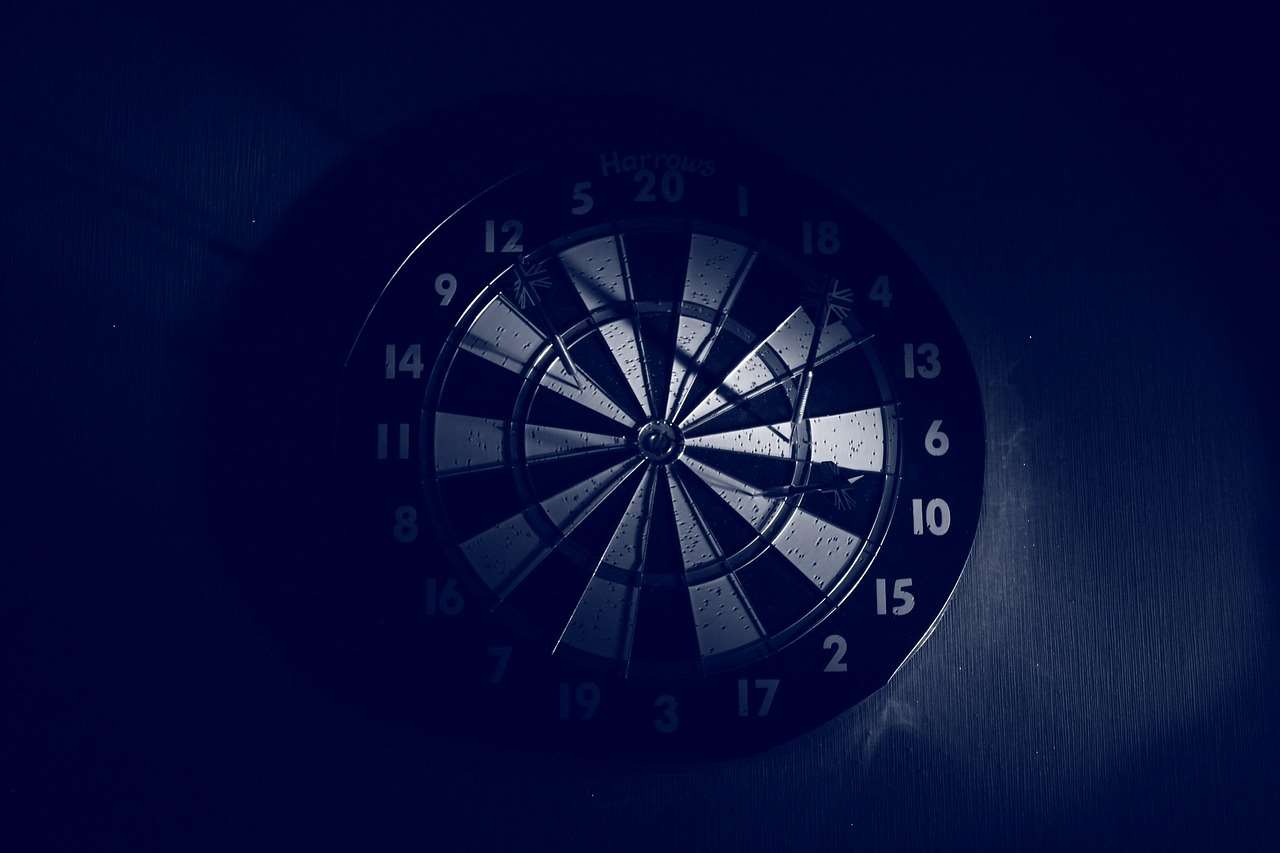
The Importance of Impartiality
In any Cricket darts disputes resolution process, impartiality is paramount. Whether you are the scorer, a referee, or a third-party consultant, your decisions must be fair and unbiased. This involves:
- Avoiding favoritism: Do not give preferential treatment to any player or team.
- Remaining objective: Base your decisions on the evidence and the rules, not on personal feelings or opinions.
- Disclosing conflicts of interest: If you have a conflict of interest, such as being related to a player or having a personal stake in the outcome, recuse yourself from the resolution process.
Maintaining impartiality builds trust and credibility, ensuring that your decisions are respected and accepted by all involved.
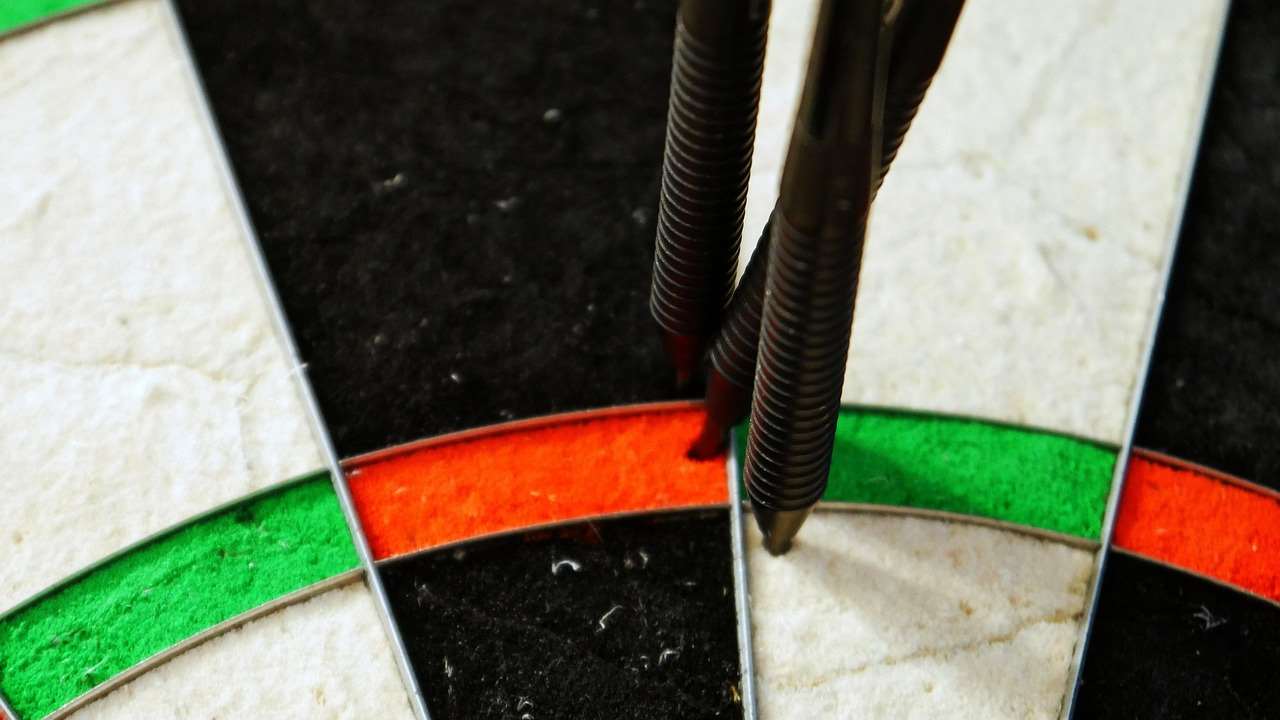
Conclusie: Embracing Fair Play in Cricket Darts
Effectief Cricket darts disputes resolution is crucial for maintaining the integrity and enjoyment of the game. By implementing preventative measures, following a structured resolution process, and prioritizing fair play, you can minimize disputes and create a positive atmosphere for all players. Remember that communication, respect, and impartiality are key to resolving disagreements effectively and ensuring a rewarding darts experience. Now that you understand the principles, start implementing them to elevate your Cricket darts games!
Hoi, Ik ben Dieter, En ik heb Dartcounter gemaakt (Dartcounterapp.com). Mijn motivatie was geen darts -expert - helemaal tegenovergestelde! Toen ik voor het eerst begon te spelen, Ik hield van het spel, maar vond het moeilijk en afleidend om nauwkeurige scores te houden en statistieken te volgen.
Ik dacht dat ik niet de enige kon zijn die hiermee worstelde. Dus, Ik besloot om een oplossing te bouwen: een eenvoudig te gebruiken applicatie die iedereen, Ongeacht hun ervaringsniveau, zou kunnen gebruiken om moeiteloos te scoren.
Mijn doel voor Dartcounter was eenvoudig: Laat de app de nummers afhandelen - het scoren, de gemiddelden, de statistieken, Zelfs checkout suggesties - zodat spelers puur kunnen richten op hun worp en genieten van het spel. Het begon als een manier om het probleem van mijn eigen beginners op te lossen, En ik ben heel blij dat het is uitgegroeid tot een nuttig hulpmiddel voor de bredere darts -community.